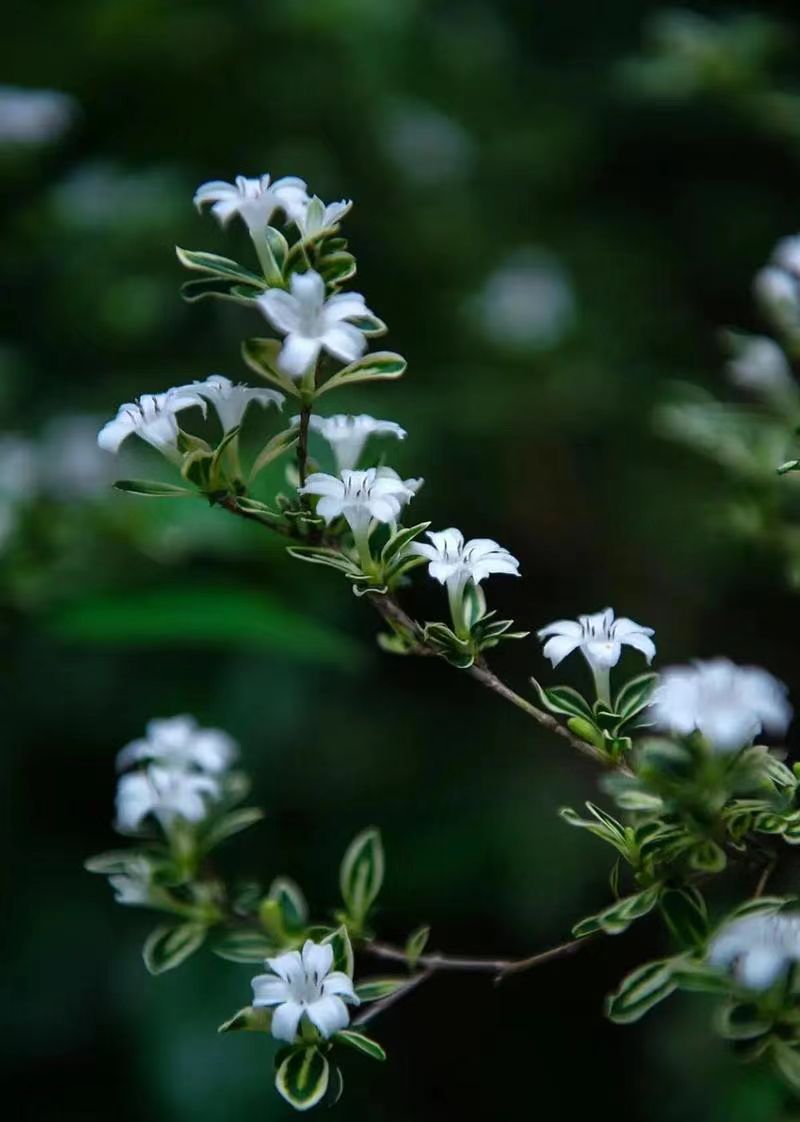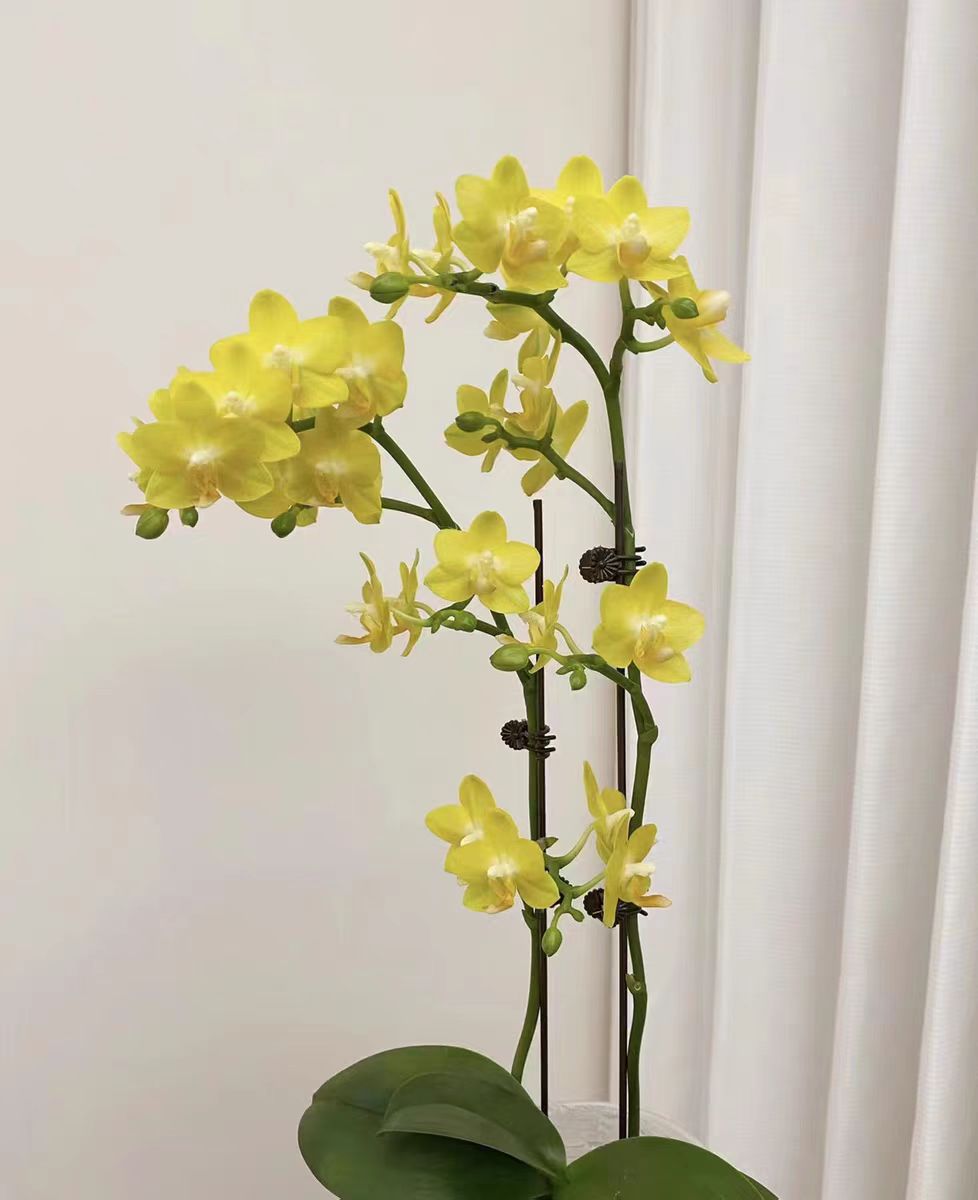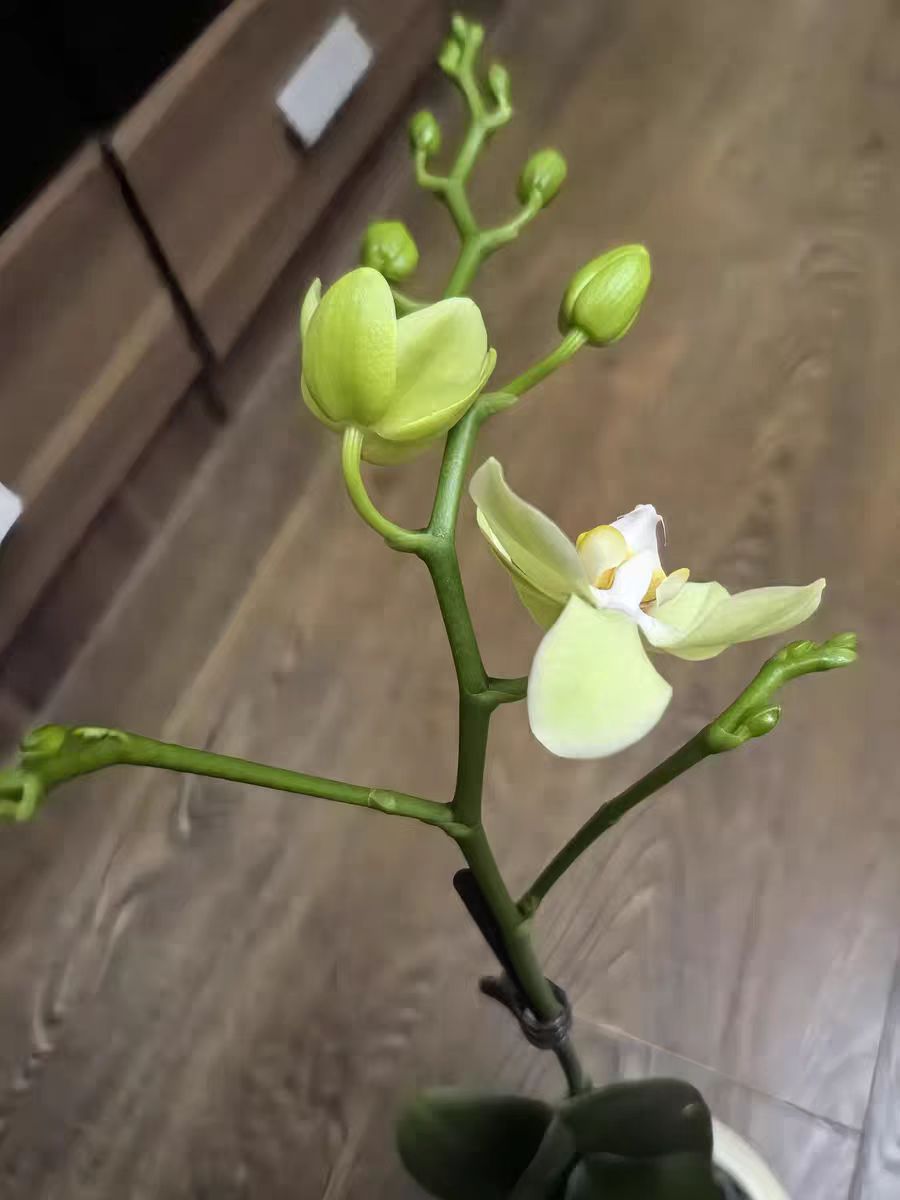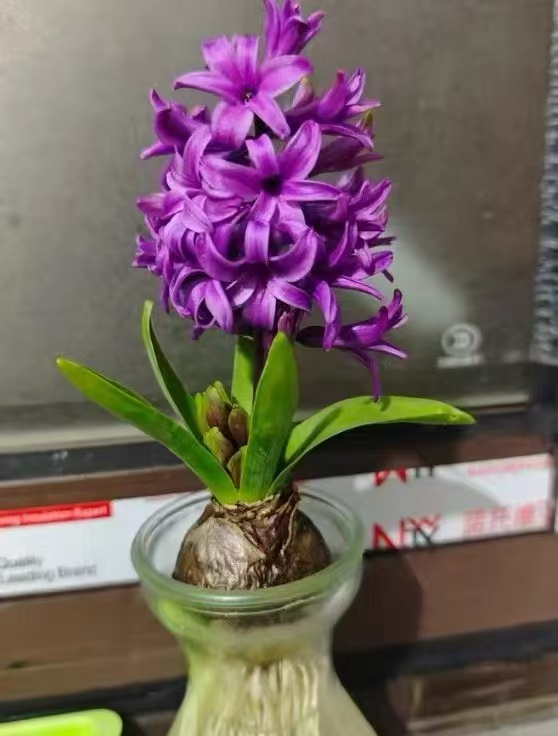Serissa japonica 'Variegata', with its unique variegated leaves with golden edges and elegant posture, has become a favorite among many flower lovers.
Do you want to have a charming pot of Serissa japonica 'Variegata'? Come and take a look at its breeding secrets! Breeding methods: Choose good soil, loose, fertile, and acidic soil to make its roots stable. Ensure sufficient light, and provide appropriate shading in summer for smoother growth. Control the temperature at 15 - 25℃, and it will be comfortable and cheerful. Water when the soil surface is dry, and water thoroughly in summer, avoiding water accumulation. Apply thin liquid fertilizer once every 1 - 2 weeks for sufficient nutrition and beautiful appearance.
Precautions: Pruning and shaping, regularly prune overly long and dense branches to maintain the beautiful shape of the plant and promote the growth of new branches. Pest and disease control, common pests and diseases include aphids, scale insects, etc. They should be discovered in time and corresponding control measures should be taken, such as spraying pesticides. Pot changing, change the pot once every 1 - 2 years and replace the soil to provide sufficient nutrients. Winter maintenance, in winter, move Serissa japonica 'Variegata' to a warm and well-lit place indoors, and control watering and fertilization.
As a common ornamental plant, the control of the watering frequency of Serissa japonica 'Variegata' is crucial for its growth. Under normal circumstances, in spring, it can be watered once every 2 - 3 days to ensure the soil is moist and promote it to have sufficient water during the growing season. In summer, the temperature is high and water evaporates quickly. Water every day. When it is hot and dry, increase the frequency of spraying water to increase the air humidity. In autumn, as the temperature gradually cools, the watering frequency can be changed to once every 3 - 4 days. In winter, the plant grows slowly and has a reduced demand for water. Water once every 5 - 7 days. However, it should be noted that the watering frequency is not absolute and should be adjusted according to the maintenance environment. For example, in a place with good ventilation and sufficient light, water evaporates quickly, and watering can be appropriately more frequent; conversely, watering should be reduced. In addition, if the soil has good drainage, more water can be applied; if the drainage is poor, less water should be applied to prevent water accumulation and root rot.
In conclusion, only by reasonably grasping the watering frequency of Serissa japonica 'Variegata' can it thrive and show a charming posture.
How often should the Serissa japonica 'Variegata' be watered?

Share with
Tagged in :




Leave a Reply